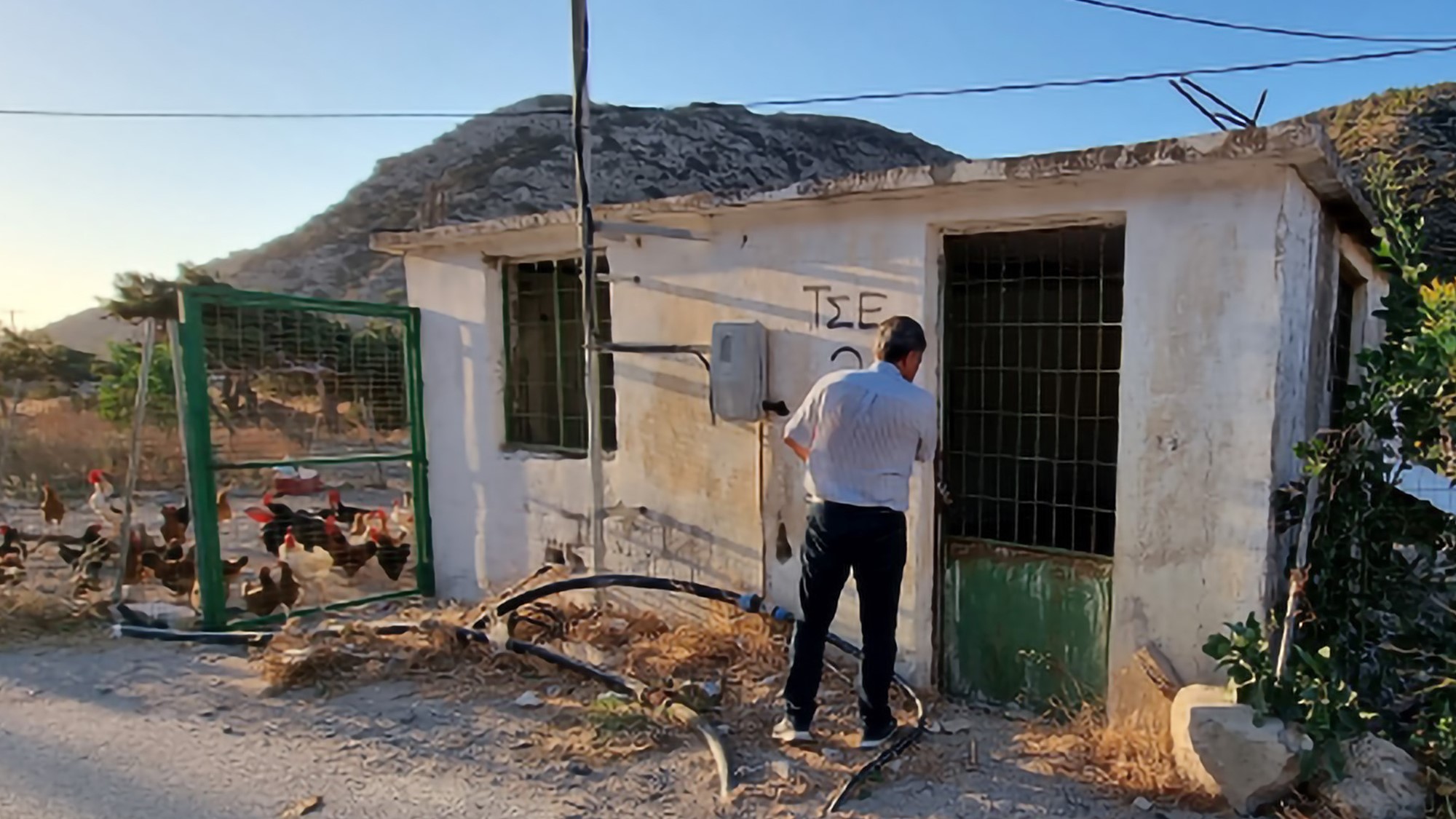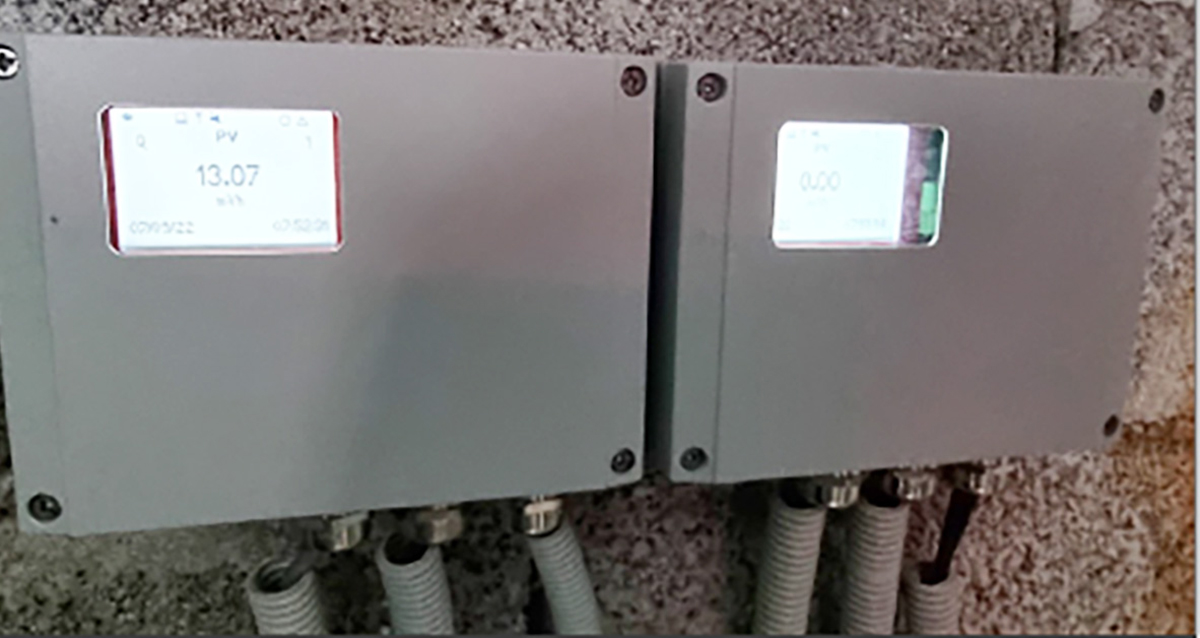
We clamp-on ultrasonic flowmeter manufacturers could be accused, arguably, of focussing a bit relentlessly on the really key feature of the technology, that you don’t have to break into the pipe or stop the flow to make the measurement. Sometimes that’s simply a convenience, but at other times it’s a necessity, and that ‘necessity’ could derive from a variety of issues.
A lot of British water and wastewater infrastructure is cast-iron, for example, and would crack or break if an operator attempted to cut into it to install flanges for an inline meter. It might be a hygiene or contamination issue on a potable water line, or simply that it’s darned inconvenient to stop the flow. This article, however, is all about time, and how the ease of installation of a clamp-on flowmeter can positively impact project timelines.
Driven by a raft of political and environmental imperatives, and feeding into topics such as EDM, there is more of a push for distributed network monitoring than ever before. The demands being made of existing monitoring networks are becoming ever more stringent and there is a continuous drive towards more and more data to help water companies make better decisions.
That being the case, the need to understand how water and wastewater flows around their respective networks, PR19 measurement requirements of FFT and pass-forward measurements – not to mention the need to identify blocks and leaks – is leading network managers to identify the quickest and easiest ways to deploy flow measurement at scale, within short timescales.
Clamp-on ultrasonic flowmeters are installed quickly and easily with an on-board set of software tools to make sure that installation is accurate and results reliable. Not only that, but there is generally no preparatory work required to the pipe beyond cleaning to ensure a close contact between the pipe and the transducers. To install and commission an inline meter involves more people, more vehicle movements, more and heavier equipment, different permissions, the need to stop, drain down and re-establish the flow and, above all, more time; a clamp-on installation is trivial in comparison and only requires electrical connections to be made. Totex savings, anyone?
Another really valuable point that is often overlooked is that a single model of flowmeter/transducers will measure a wide variety of pipe diameters (A Katronic KATflow 100 or 150 with K1 transducers will measure in pipes from 50 mm to 3000 mm), significantly reducing spares requirement.
Rather than illustrate this with an example from a UK installation, I make no apology for taking you away to a rather warmer environment, where Katronic equipment has been used to control and visualise flow across a number of projects in the Greek Islands. Both in the Greek mainland and throughout the islands there is history of problematic or costly infrastructure. With the help of EU finding, there are projects right across the country to improve the supply and safety of potable water.
On the lovely island of Karpathos, which lies in the south of the Greek islands between Crete and Rhodes, Katronic flowmeters have been used as part of a comprehensive telemetry scheme designed to reduce water losses in a generally arid environment, to improve the quality of tap water and upgrade the existing infrastructure.
Around 100 Katronic KATflow flowmeters have been installed across the island and are feeding back data to a central telemetry system. From there, operators can monitor and log the flow rates within the system, along with other important parameters such as pressure, so that a full picture can be built up of system performance and leaks, bursts and blockages can be identified. The communication layer is a 4G network, with cloud-based data visualisation. The significant time and cost component of the project was, potentially, the supply and deployment of the instrumentation.
In sometimes difficult situations where it would be difficult to accurately cut the pipe for an inline meter installation, the clamp-on meters provided a simple, quick and safe way to establish flow measurement without any risk of introducing an extra point of leakage or contamination. A project that could have taken many months to complete was therefore easily implemented and has been contributing both to the reliability of the water network and also to public health.





